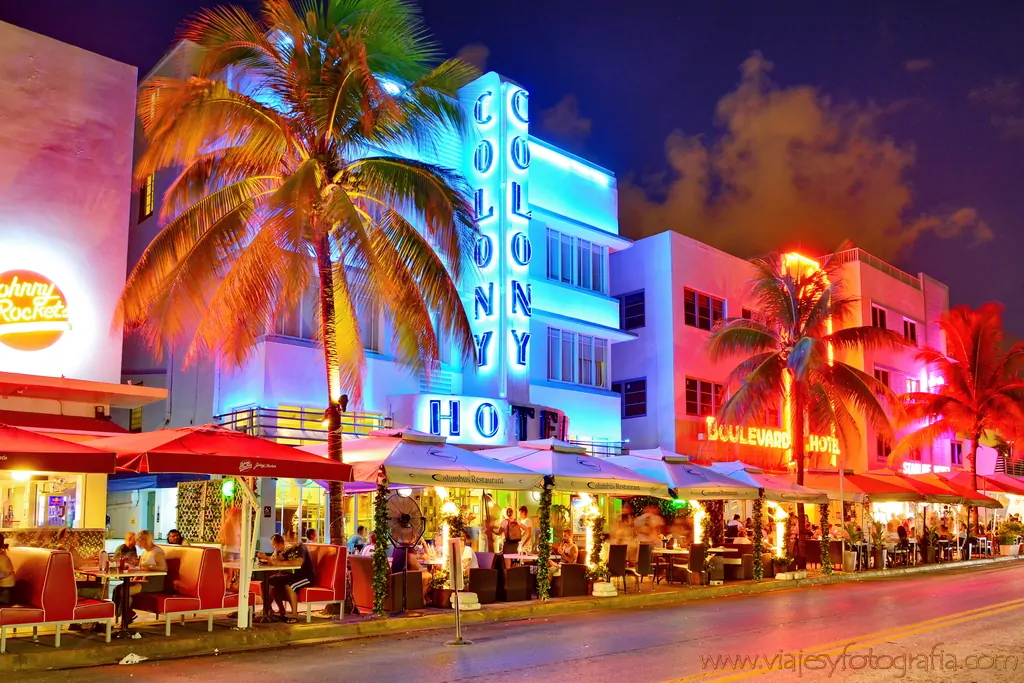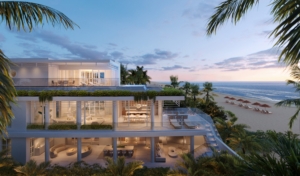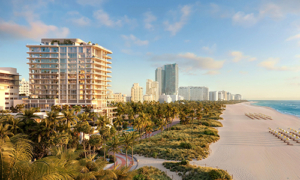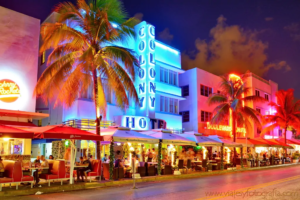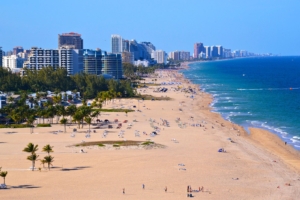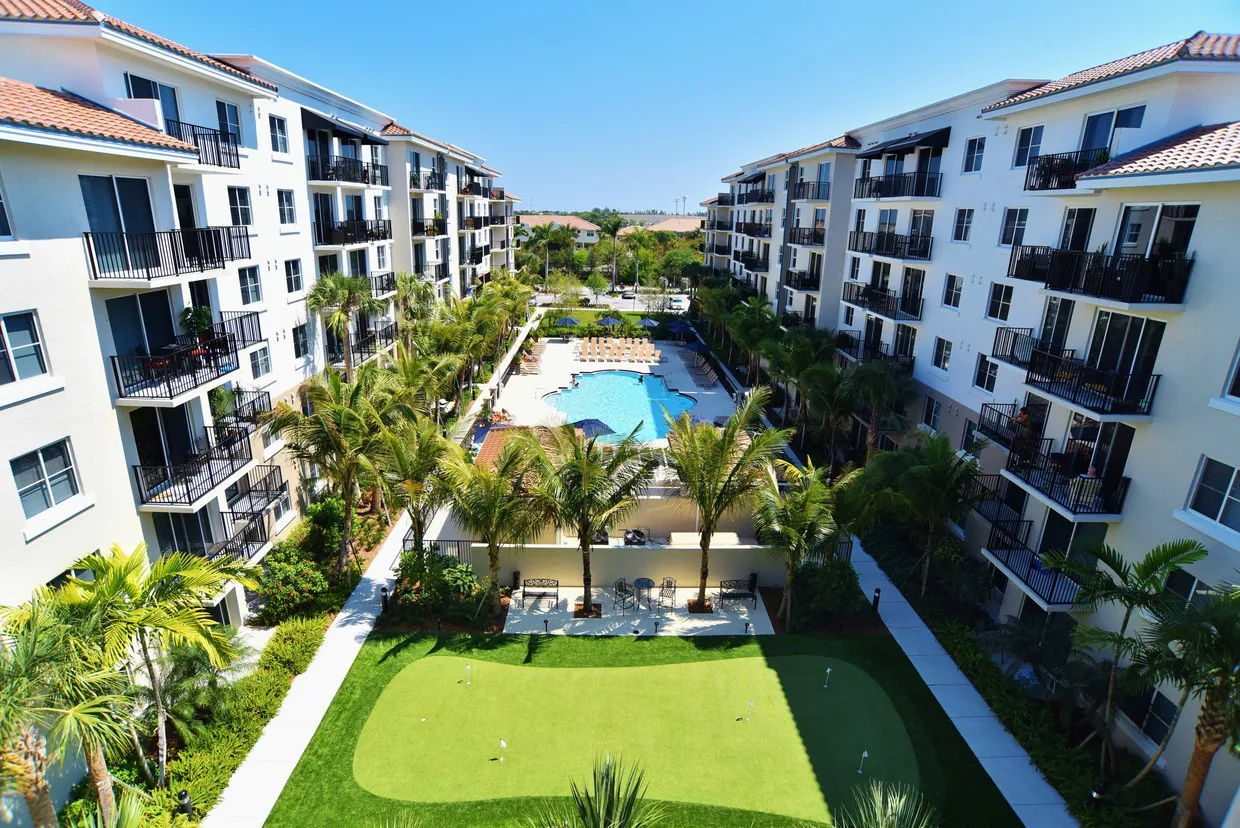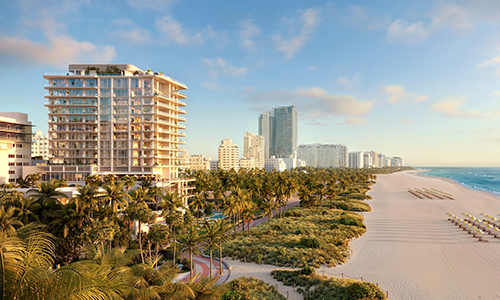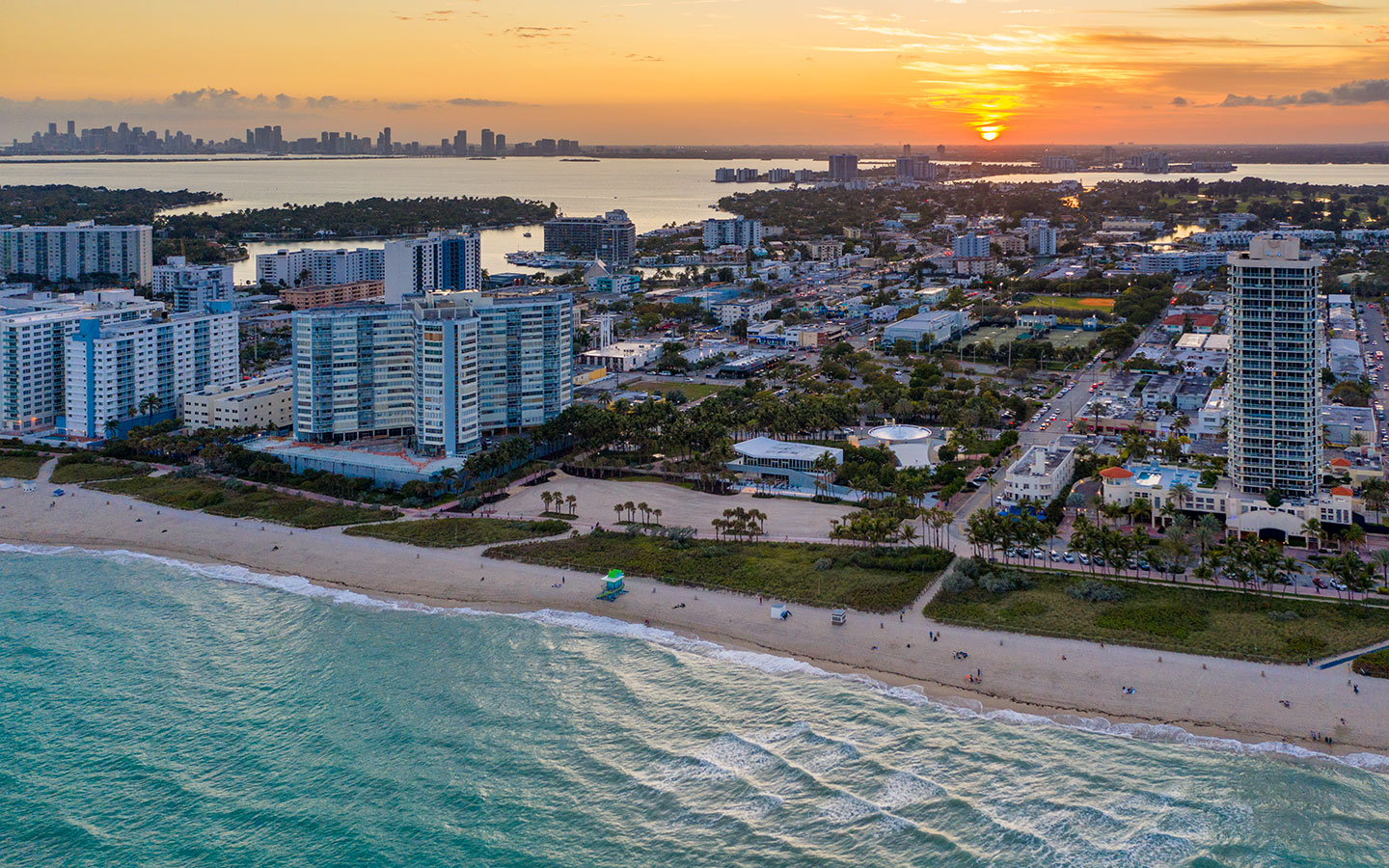Florida Legislature Revises Live Local Act: Historic Miami Beach Districts Gain Partial Protection
Historic Districts Secure Last-Minute Reprieve Amid Development Push
In a significant eleventh-hour policy shift, the Florida Legislature has restored critical protections for historic districts—including Miami Beach's internationally renowned Art Deco District—while approving a controversial expansion of the Live Local Act on Thursday. The revisions came after intense opposition from Miami Beach officials and preservationists who warned that the original legislation would devastate the city's architectural heritage by permitting unrestricted demolition of historic structures.
The Live Local Act, which enables developers to override local height and density restrictions when allocating a percentage of units for "workforce housing," received substantial amendments before final approval. These modifications ensure that developers must still adhere to requirements outlined in local comprehensive development plans and other municipal regulations—a critical safeguard for communities with historic preservation ordinances.
Miami Beach Commissioner Alex Fernandez, who spearheaded the city's preservation efforts, explained that these changes allow planning and zoning officials to maintain authority over historic building demolition and reject applications that fail to meet local historic preservation standards and architectural character requirements.
The Compromise: What Changed and What Remains at Risk
The newly incorporated language, proposed by Democratic Senator Shevrin Jones and Republican Representative Ileana Garcia, represents a partial victory for preservationists.
The amendment allows municipalities to require developers to preserve or replicate historic building facades when projects otherwise meet comprehensive plan and zoning requirements.
"The fire hasn't been put out, but the blaze has been contained," Fernandez stated in an interview following the legislative action. Despite this progress, Miami Beach officials continue to strongly oppose the expansion, which still grants developers significantly greater latitude to construct high-rise buildings in traditionally low-scale neighborhoods.
The expansion effectively removes the ability of city boards, including the Historic Preservation Board, to conduct public hearings on Live Local projects across most of the city. Instead, all reviews must occur administratively behind closed doors—a process that concerns transparency advocates and residents alike.
The modified bills, SB 1730 and HB 943, passed unanimously in both chambers—37-0 in the Senate and 105-0 in the House—reflecting the compromise nature of the final legislation. Miami Beach officials have indicated they will urge Governor Ron DeSantis to veto the expansion despite the preservation concessions.
Expanded Scope Raises Implementation Questions
The precise impact of these legislative changes on historic districts statewide remains unclear until local authorities begin reviewing development proposals and negotiating with developers. Legal experts anticipate litigation as municipalities and developers interpret what's permitted under the revised law.
The original Live Local Act, passed in 2023 and amended last year, applied only to areas zoned for commercial, mixed-use, or industrial purposes. Developers could exceed local height and density restrictions by designating 40% of apartments for renters earning up to 120% of local median household income—currently $96,000 in Miami-Dade County. These projects also receive substantial property tax reductions.
This year's expansion significantly broadens the definition of commercial areas to include any that permit lodging and restaurants—effectively encompassing nearly all of Miami Beach except single-family neighborhoods. While previous legislation applied primarily to commercial corridors like Alton Road and Ocean Drive, the city retained authority to review and deny demolition permits for designated historic properties.
The "Doom of Art Deco" Narrowly Averted
Commissioner Fernandez had previously labeled the expansion as the "doom of Art Deco" after Representative Vicki Lopez removed protections that would have exempted historic districts established before 2000—which includes much of South Beach. The existing Live Local law allows developers to build to the maximum height permitted within a specified radius of a property.
The recent amendments reduced this radius from one mile to three-quarters of a mile—a change Fernandez described as "insignificant" in protecting the character of Miami Beach's historic neighborhoods. Without these adjustments, the legislation could have potentially transformed the predominantly two- and three-story buildings in the Art Deco District into towers reaching up to 500 feet—approximately 50 stories.
City officials believe developers seeking to redevelop South Beach and other neighborhoods where preservation laws have limited construction scale are driving this legislative push. The Live Local expansion represents the third attempt by state lawmakers to facilitate historic building demolition across Florida.
Historical Preservation vs. Development Needs: Finding Balance
This legislative battle reflects the ongoing tension between historical preservation and addressing Florida's housing crisis. Proponents of the Live Local Act argue that increasing housing supply through density bonuses will help alleviate affordability issues, while preservationists contend that destroying architectural heritage damages tourism and cultural identity.
Despite passing unanimously, the legislation reveals deep divisions about local control over development decisions. Critics assert that the Live Local Act overwhelmingly favors developers while providing minimal guarantees for truly affordable housing options. No Live Local project has broken ground in Miami-Dade County thus far, even as lawmakers continue modifying provisions to overcome legal and political obstacles.
The compromise legislation addresses immediate concerns about wholesale demolition of historic structures but leaves significant questions about how effectively local governments can protect neighborhood character when faced with development proposals under the expanded Live Local framework.
Insights About Florida's Historic District Preservation
How does the revised Live Local Act affect Miami Beach's historic districts specifically?
The revised legislation allows Miami Beach officials to maintain some oversight over historic buildings through comprehensive plan requirements and local development regulations. While developers can still pursue higher-density projects, they must adhere to historic preservation criteria and may be required to preserve or replicate historic facades. However, the public hearing process has been eliminated in favor of administrative reviews.
What makes Miami Beach's Art Deco District internationally significant?
Miami Beach's Art Deco District contains the world's largest concentration of 1920s and 1930s Art Deco architecture, featuring approximately 800 buildings characterized by pastel colors, geometric designs, and distinctive decorative elements. This architectural heritage draws millions of tourists annually and has been central to South Beach's cultural and economic revival since the 1980s.
Could other historic districts in Florida face similar challenges?
Yes, historic districts throughout Florida—including those in St. Augustine, Key West, and Ybor City—could face increased development pressure under the expanded Live Local Act. Each municipality's ability to protect its historic assets will depend on how thoroughly preservation requirements are integrated into their comprehensive development plans.
What happens next with the Live Local Act expansion?
Governor Ron DeSantis must decide whether to sign or veto the legislation. If signed, local governments will need to establish clear administrative processes for reviewing Live Local applications while balancing preservation concerns. Legal challenges are likely as municipalities and developers interpret the law's provisions differently.
How does this legislation compare to similar measures in other states?
Florida's approach represents one of the most aggressive state interventions in local zoning nationwide. While states like California and Oregon have implemented measures to increase housing density, Florida's Live Local Act goes further by combining density bonuses with significant tax advantages and reduced public input opportunities—creating tensions between state authority and local governance.

